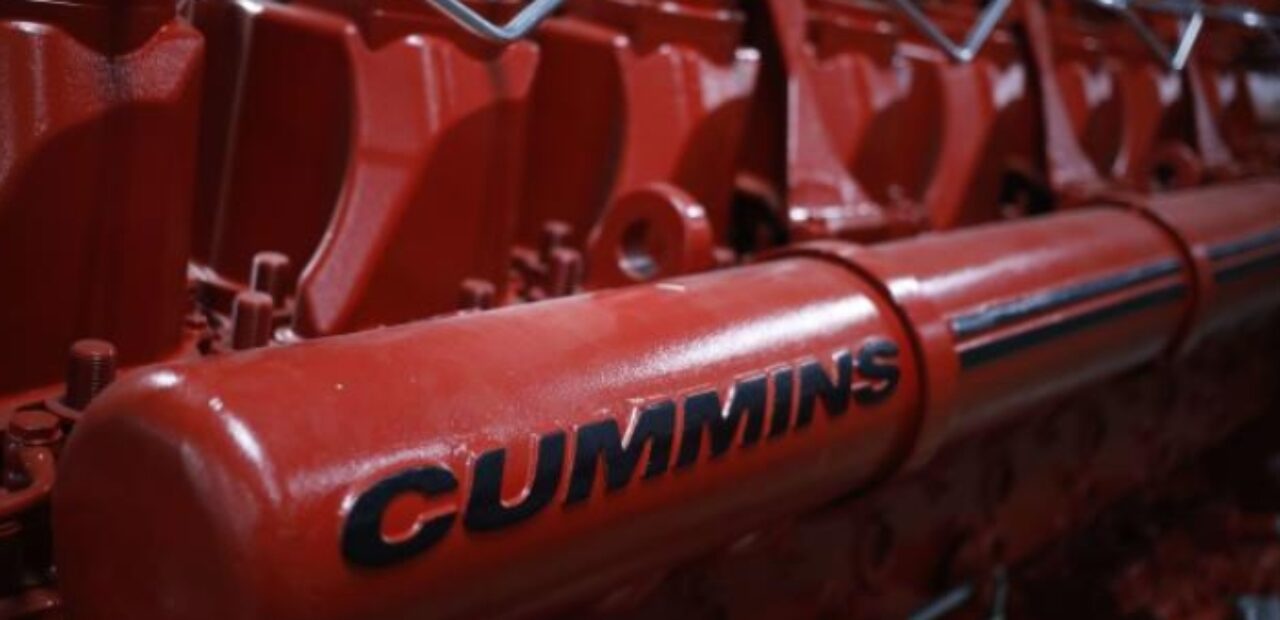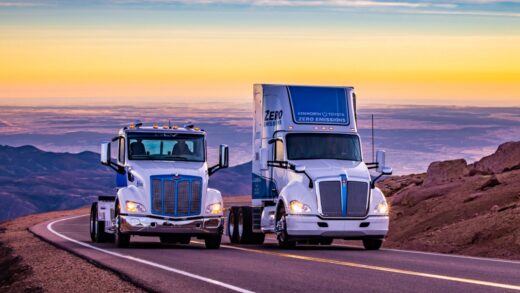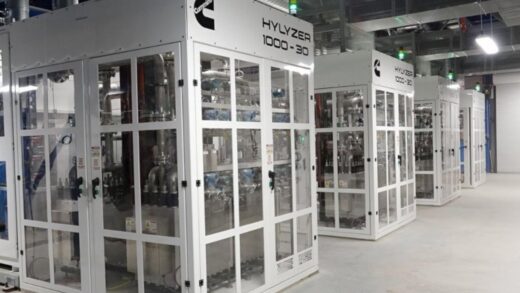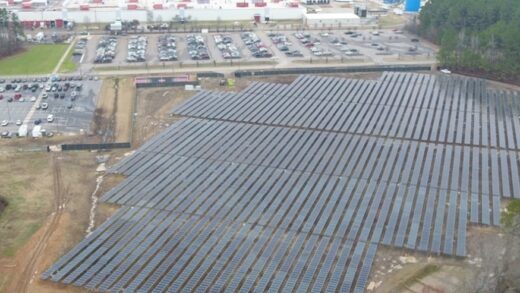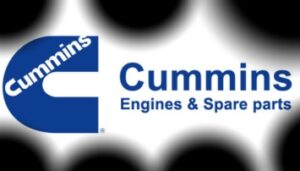Persistence of Diesel Engines: Cummins CEO Asserts
Amidst the expanding electric vehicle revolution in the automotive sector, Cummins CEO Jennifer Rumsey discusses the company’s strategy and its commitment to continue manufacturing diesel engines for the next decade.

“It’s crucial to recognize the distinction between commercial and industrial applications compared to passenger cars,” Rumsey emphasizes.
“Our customers require equipment that enables profitability and fulfills their business needs effectively,” she elaborates.
“Customers place significant emphasis on initial costs and overall cost of ownership when considering these technologies,” Rumsey adds.
“When considering various commercial and industrial applications, there exists a diverse range,” including buses, pickups, and delivery trucks, each with unique power, weight, range, and longevity demands that lead to distinct solutions,” Rumsey explains. “In the upcoming decade, we will persist in expanding our engine offerings to cater to our global customers,” she affirms.
I witnessed Cummins logos on trucks while growing up, and I have a deep understanding of your engines. As you pointed out, being a century-old company, how do you shift perspectives within Cummins to prepare for a future that may hold uncertainties?
JENNIFER RUMSEY: Indeed, Cummins’ history is deeply rooted in embracing change and actively driving innovation to foster company growth. This has been the case throughout my over 20-year career here. We initiated transformations with NOx and particulate emissions, propelling advancements in our engines and expanding our components business, which was non-existent 15 years ago. These shifts are a testament to our commitment to innovation and the evolving demands.
Therefore, we’re once again adopting this approach. We’re fully embracing the necessity for change, propelling innovation, and advocating for transformations that will empower our customers’ ongoing success. These customers are the backbone of our economy, primarily in the realm of commercial and industrial equipment. Concurrently, we’re addressing the tangible challenge our planet confronts—climate change — by actively playing a role in facilitating positive change.
We are well aware of the narrative surrounding the actions of automakers. They’re introducing electric vehicles while also increasing hybrid offerings. However, their primary revenue source continues to be gasoline-powered engines for trucks and vehicles. What is the perspective within Cummins for the upcoming decade? Will you continue manufacturing diesel engines?
Indeed, the concise response is affirmative. It’s crucial to recognize that commercial and industrial applications differ significantly from passenger cars. Firstly, for many individuals, including you and me, car purchases are often driven by emotional considerations.
I also make emotional decisions when choosing a car. However, our customers make business-oriented choices. They must operate equipment that ensures profitability and effectively meets their business needs. Consequently, their primary focus lies in evaluating initial costs and the overall cost of ownership in these technological solutions.
Additionally, there exists a diverse array of applications. When considering various commercial and industrial uses, such as buses, pickup and delivery trucks, heavy-duty long haul trucks, and large mining trucks, distinct power, weight, range, and lifespan prerequisites dictate the need for diverse solutions.
Therefore, in the upcoming decade, for a significant portion of that duration, we plan to maintain our growth trajectory in the engines we offer to our global clientele. Our business volume in the previous year summed up to $28 billion, largely stemming from our core operations at Cummins. This year, our Accelera business is projected to reach between $350 and $400 million, which remains relatively modest.
Anticipating the year 2030, our core business is set to experience ongoing growth, with projections ranging from $33 to $35 billion. Additionally, the significance of the Accelera by Cummins business is expected to substantially increase, falling within the range of $6 to $13 billion. Hence, throughout this decade, we envisage continued expansion across the entirety of Cummins’ operations.
Jennifer, do you think it’s unrealistic to envision a future where roads are primarily dominated by Tesla Semi trucks within our lifetimes? Or do we still require substantial improvements in America’s infrastructure to make such a shift feasible?
Certainly, developing the necessary infrastructure and driving down the costs of these solutions requires significant investment. It’s crucial that we begin this process now. Currently, we are concentrating on specific applications where we’re establishing the infrastructure and aligning the economics with incentives that make sense. This is evident in areas such as bus applications, and we anticipate extending this to medium-duty applications as well.
In certain truck applications, we’re witnessing the uptake of battery electric powertrains. However, when it comes to long haul trucks, our perspective leans toward hydrogen as a potential long-term solution. This could manifest as hydrogen-based engine solutions or hydrogen-fueled fuel cells. While certain truck applications may utilize battery solutions, this transition will require more time. While I’m hopeful to witness a greater number of these trucks on the road during my lifetime, I believe the complete transition will likely extend beyond my lifetime.
Cummins seems to have an exceptional grasp of the economic outlook for the upcoming six to twelve months. How do you perceive the situation in the United States? Many concerns are emerging about a potential slowdown in the latter half of this year. How does the current backlog data reflect on this?
Indeed, we are transitioning from a phase of robust demand where our customers extensively utilized our products. During the period spanning 2021 and 2022, several supply limitations hindered us from meeting the industry’s complete demand through our production capabilities.
As a result of these factors, we have observed a slight easing in economic conditions. However, we maintain robust backlogs in numerous markets, while certain sectors such as infrastructure exhibit consistent strength. Cummins has just concluded a record-breaking quarter in Q2, and we anticipate growth throughout the company for the year. Nonetheless, some markets, including heavy-duty trucks, specific global regions, and even segments within the construction industry, might experience some softening as we progress into the latter half of this year.
I know you have a big business in China. Is that part of the slowdown you’re seeing?
Indeed, China’s performance has exhibited notable sluggishness over the past few years, operating at levels lower than those observed in previous years due to the stringent COVID lockdown measures and the overall lethargic economic conditions in the country. Consequently, our operations within the Chinese market remain considerably subdued. While we anticipate a gradual recovery, we have yet to witness significant indications of substantial improvement in the Chinese market.
As President Biden visited a Cummins facility earlier this year, a proud moment for you and your company, looking ahead to the upcoming election season and its implications, what steps should the next administration, regardless of its identity, take to facilitate your operations within the manufacturing landscape of the country?
Indeed, we’ve directed investments towards our Fridley plant, in part due to the incentives provided by the Inflation Reduction Act that encourage the uptake of hydrogen and green hydrogen. This aligns with one of our Accelera business segments focused on electrolysers for the production of green hydrogen. We are enthusiastic about the potential business prospects in this area.
We persist in advocating for legislation and incentives that we believe will facilitate the essential transition towards decarbonizing our planet. This advocacy spans across both political parties and global arenas. It’s a commitment we’ll uphold. These incentives play a pivotal role in instilling business confidence to invest and empowering our customers to embrace these technologies, even in the face of their current higher costs.
By pursuing this path, it paves the way for scaling up and fostering innovation. Consequently, these technologies will become more cost-competitive as infrastructure is expanded, ensuring the economy’s sustained growth while embracing lower-carbon solutions for the future.

